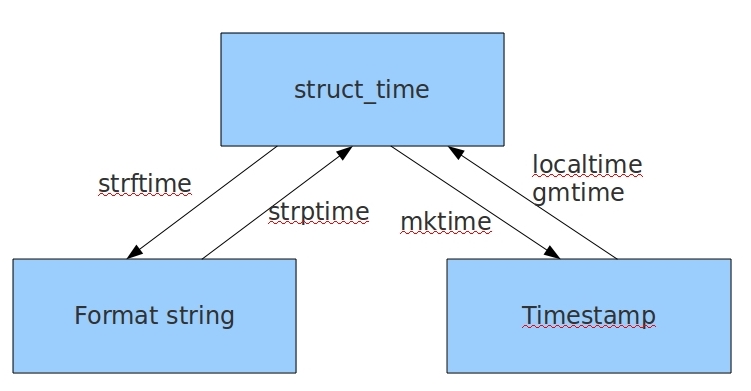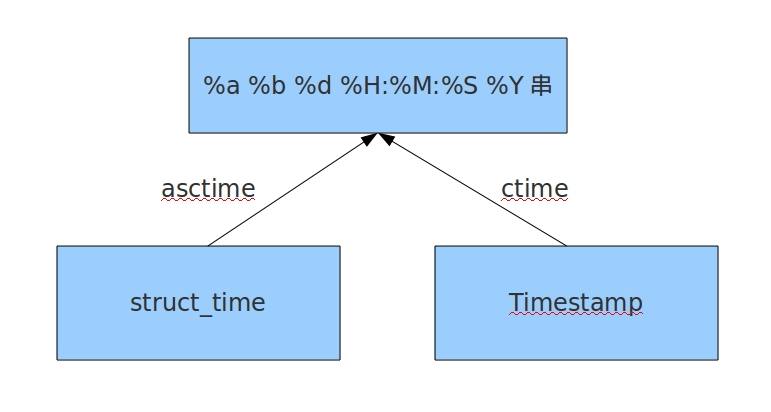Collections模块
在内置数据类型(dict、list、set、tuple)的基础上,collections模块还提供了几个额外的数据类型:Counter、deque、defaultdict、namedtuple和OrderedDict等。
1.namedtuple: 生成可以使用名字来访问元素内容的tuple
2.deque: 双端队列,可以快速的从另外一侧追加和推出对象
3.Counter: 计数器,主要用来计数
4.OrderedDict: 有序字典
5.defaultdict: 带有默认值的字典
namedtuple:
from collections import namedtuple Point = namedtuple('point', ['x', 'y', 'z']) p1 = Point(1,2,3) print(p1.x,p1.y,p1.z)
deque:
from collections import deque d_q = deque([1,2,3]) d_q.append(4) d_q.appendleft(5) print(d_q) d_q.pop() print(d_q) d_q.popleft() print(d_q)
OrderedDict:
from collections import OrderedDict d = dict([('a',1),('b',2),('c',3)]) # 无序的 od = OrderedDict([('a',1),('b',2),('c',3)]) # 有序的 print(d) print(od)
defaultdict :
from collections import defaultdict values = [11, 22, 33,44,55,66,77,88,99] my_dict = defaultdict(list) # 字典的值默认为列表类型,必须是可调用的 for value in values: if value>66: my_dict['k1'].append(value) else: my_dict['k2'].append(value) print(my_dict)
Counter:
from collections import Counter c = Counter('abcdeabcdabcaba') # 统计元素出现的次数 print(c) >>>Counter({'a': 5, 'b': 4, 'c': 3, 'd': 2, 'e': 1})
time模块
表示时间的三种方式:时间戳(timestamp):表示从1970年1月1日00:00:00开始按秒计算的偏移量
格式化时间字符串(Format string): ‘1999-12-06’
元组(struct_time):struct_time元组共有9个元素共九个元素:(年,月,日,时,分,秒,一年中第几周,一年中第几天等)

%y 两位数的年份表示(00-99) %Y 四位数的年份表示(000-9999) %m 月份(01-12) %d 月内中的一天(0-31) %H 24小时制小时数(0-23) %I 12小时制小时数(01-12) %M 分钟数(00=59) %S 秒(00-59) %a 本地简化星期名称 %A 本地完整星期名称 %b 本地简化的月份名称 %B 本地完整的月份名称 %c 本地相应的日期表示和时间表示 %j 年内的一天(001-366) %p 本地A.M.或P.M.的等价符 %U 一年中的星期数(00-53)星期天为星期的开始 %w 星期(0-6),星期天为星期的开始 %W 一年中的星期数(00-53)星期一为星期的开始 %x 本地相应的日期表示 %X 本地相应的时间表示 %Z 当前时区的名称 %% %号本身
import time print(time.time()) # 时间戳 print(time.strftime("%Y-%m-%d %H:%M:%S")) # 时间字符串 print(time.localtime()) # 时间元组:localtime将一个时间戳转换为当前时区的struct_time >>>1557738559.0358012 >>>2019-05-13 17:09:19 >>>time.struct_time(tm_year=2019, tm_mon=5, tm_mday=13, tm_hour=17, tm_min=9, tm_sec=19, tm_wday=0, tm_yday=133, tm_isdst=0)
几种时间格式的转换关系:

# 时间戳转结构化时间 t = time.time() print(time.localtime(t)) # 本地时间 print(time.gmtime(t)) # UTC时间(英国伦敦时间) # 结构化时间转时间戳 print(time.mktime(time.localtime(1500000000))) # 结构化时间转字符串时间 # time.strftime("格式定义","结构化时间") 结构化时间参数若不传,则显示当前时间 print(time.strftime('%Y-%m-%d %X',time.localtime(1500000000))) # 字符串时间转结构化时间 print(time.strptime('2010-12-1','%Y-%m-%d'))
#结构化时间 --> %a %b %d %H:%M:%S %Y串 #time.asctime(结构化时间) 如果不传参数,直接返回当前时间的格式化串 print(time.asctime(time.localtime(1500000000))) print(time.asctime()) #时间戳 --> %a %b %d %H:%M:%S %Y串 #time.ctime(时间戳) 如果不传参数,直接返回当前时间的格式化串 print(time.ctime(1500000000)) print(time.ctime())
random模块
import random print(random.random()) # 随机一个大于0小于1的小数 print(random.uniform(1,3)) # 随机一个大于1小于3的小数 print(random.randint(1,5)) # 随机一个大于等于1小于等于5的数 print(random.randrange(0,10,2)) # 随机一个大于等于0 小于等于10 的偶数 print(random.choice([1,2,3,4])) # 随机选一个数 print(random.sample([1,2,3,4],2)) # random.sample([],n)随机选区N个 l = [1,2,3,4] random.shuffle(l) # 打乱顺序 print(l) print(chr(random.randint(65,90))) # 随机字母

